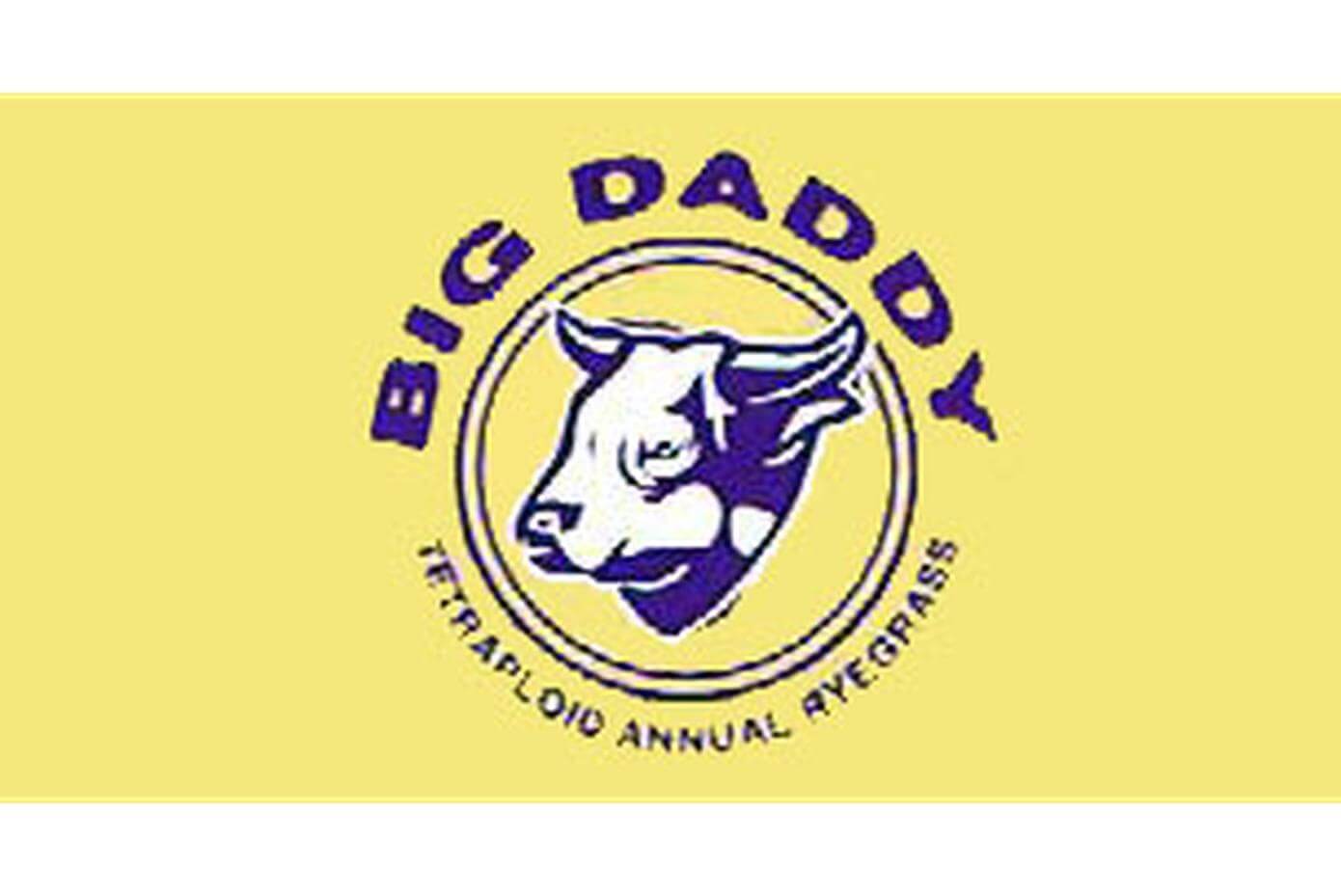Nitrate Solutions
We all know that ryegrasses love nitrogen, but did you know that some can handle excessive amounts? Take the data from a dairy study in Lodi, California, where Big Daddy Tetraploid Annual Ryegrasses showed it could be used as a feasible cropping system for dairy lagoon water. The two year trial had over 20 entries, with Big Daddy leading the tonnage in one harvest and second in another harvest. Another study at UC Davis showed annual ryegrasses could uptake as much as 500 lbs of N./acre.*
his type of performance makes Big Daddy an excellent choice for nitrate management in areas where nitrates need to be caught before running off into watersheds or other undesirable areas. Big Daddy is a proven annual ryegrass with years of data throughout the U.S.
*More info at UC SAREP Online Cover Crop Database
Coating Plus The Correct Inoculants Can Make A Difference!
Establishment is critical for all our products, whether they are turfgrasses, forages or legumes. When it comes to cover crops, establishment can be especially challenging. There are two “tools” we offer that can actually make a difference: coating and inoculants. The following are some of the benefits of these tools. A more comprehensive article is available on our website at smithseed.com/coating/coating_cover_crops.shtml.
Benefits of Coating Cover Crop Grasses:
Ballistics
Our coating material when applied to grass seed, doubles the bulk density of the finished product. In fly-on planting this converts to much greater accuracy of the drop, and greatly reduces the amount of wind drift.
Soil Contact
As the seed reaches its target area, this increase in density also increases the likelihood of the seed making contact with soil, where lighter seed may not have the velocity to bypass crop debris.
Moisture Wicking
Another favorable property of the coating material we use is that it is naturally hygroscopic, in other words its capillary action wicks in moisture.
Benefits of Coating Legumes:
All of the above
For the same reasons listed above, coating helps legume seeds reach their target, make contact with the soil and wick water.
Nitrogen
The amount of nitrogen benefit from a cover crop is directly proportional to the plants ability to maximize nitrogen fixing nodules. However, without the presence of a healthy population of rhizobium to infect the root hairs, nodulation and, therefore, nitrogen fixation will be minimal.
LOTS of live rhizobium
Our coating process combined with very high quality inoculants allows each seed to establish itself with a massive population of live rhizobium ready to colonize the developing root system. This converts to hundreds of pounds of atmospheric nitrogen fixed per acre, compared to raw or poorly inoculated seed.
At Smith Seed Services, we can provide the right coating and the right inoculant to give your seed the best chance to produce desired crop, whether for grazing, hay, green manure, or cover crop. Visit our website or contact us for more information.
Premium Inoculants Now Available!
In addition to providing coating and inoculation services, we now offer premium inoculants at very competitive pricing. We have TEN different inoculants that are specifically designed for each crop grouping. Four of these are OMRI®(Organic Material Review Institute) listed. The entire list of covered legumes is quite lengthy, including everything from common legumes like alfalfa and clover to lima beans and peanuts! Both clay and peat based inoculants are available.
We’ve created a special page on our website, smithseed.com dedicated to inoculants. Follow the link to “Legume inoculants.” For pricing information and other questions contact Brian Jaasko or any of the Smith Seed team.
